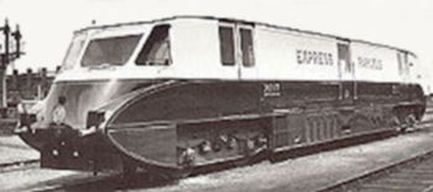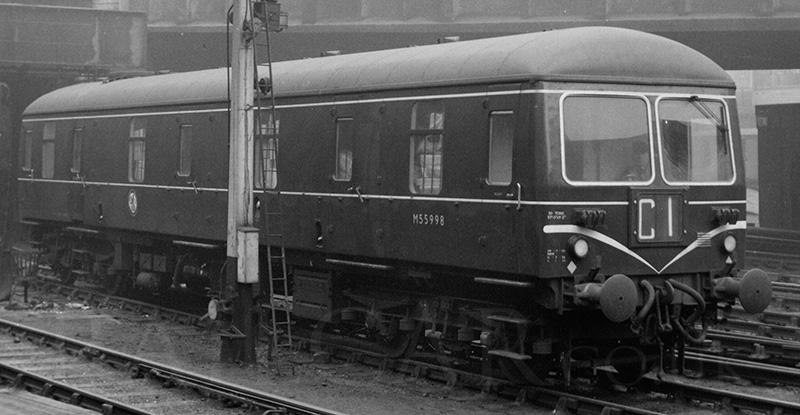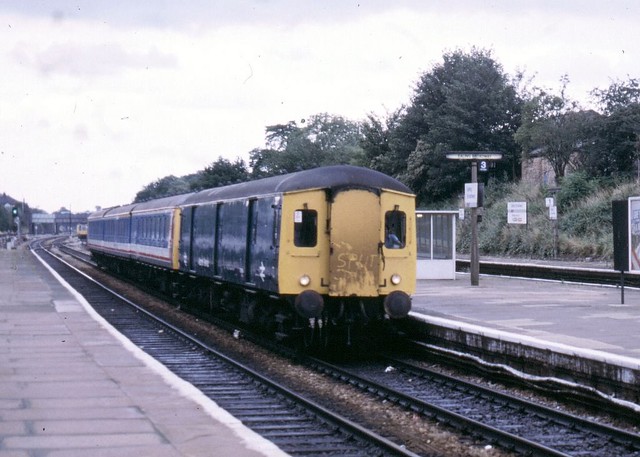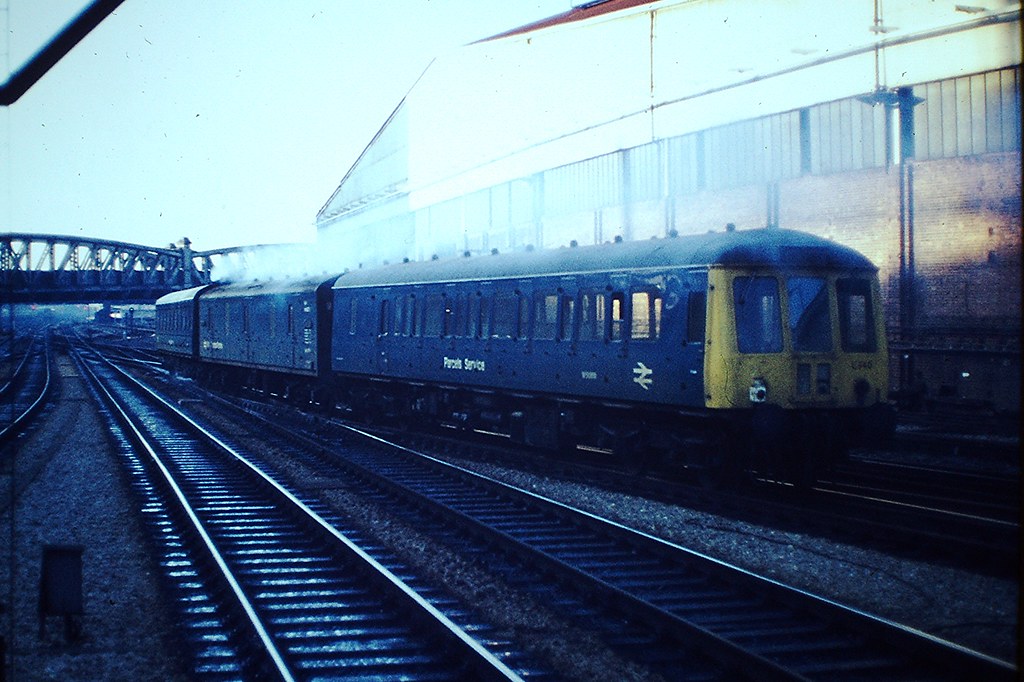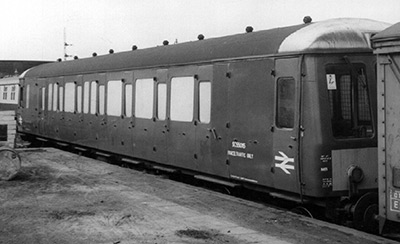Helvellyn
Established Member
- Joined
- 28 Aug 2009
- Messages
- 2,014
Whilst the new build Class 325 parcels units came along in the mid-1990s why did Parcels Multiple Units seem to fall out of favour before that?
There were a small number of 302 unites converted in the mid-1980s that gained Royal Mail livery and were used in Anglia. But nothing similar seemed to happen for the West Coast where there were a number of loco-hauled services.
On the DMU front besides the single car Class 128s a number of Class 127s were converted to Power-Twins for Parcels services once displaced from BedPan services in the early 1980s, then some Class 114 Units (that got Royal Mail livery) in the late 1980s. Both types got roller shutter doors. There were also lower cost conversions of Class 101, 105 and 120 Units.
With Sprinterisation and electric multiple unit expanded passenger operations to reduce costs Parcels moving seemingly to all loco-hauled seemed counterintuitive. For electric services my only immediate thought was a lack of 90/100 mph AC Units to convert (could a 302 have been regeared for example?). For diesel service the lower speed might have been a factor again, but if not were Class 115/117 Driving Motors completely life expired?
There were a small number of 302 unites converted in the mid-1980s that gained Royal Mail livery and were used in Anglia. But nothing similar seemed to happen for the West Coast where there were a number of loco-hauled services.
On the DMU front besides the single car Class 128s a number of Class 127s were converted to Power-Twins for Parcels services once displaced from BedPan services in the early 1980s, then some Class 114 Units (that got Royal Mail livery) in the late 1980s. Both types got roller shutter doors. There were also lower cost conversions of Class 101, 105 and 120 Units.
With Sprinterisation and electric multiple unit expanded passenger operations to reduce costs Parcels moving seemingly to all loco-hauled seemed counterintuitive. For electric services my only immediate thought was a lack of 90/100 mph AC Units to convert (could a 302 have been regeared for example?). For diesel service the lower speed might have been a factor again, but if not were Class 115/117 Driving Motors completely life expired?

